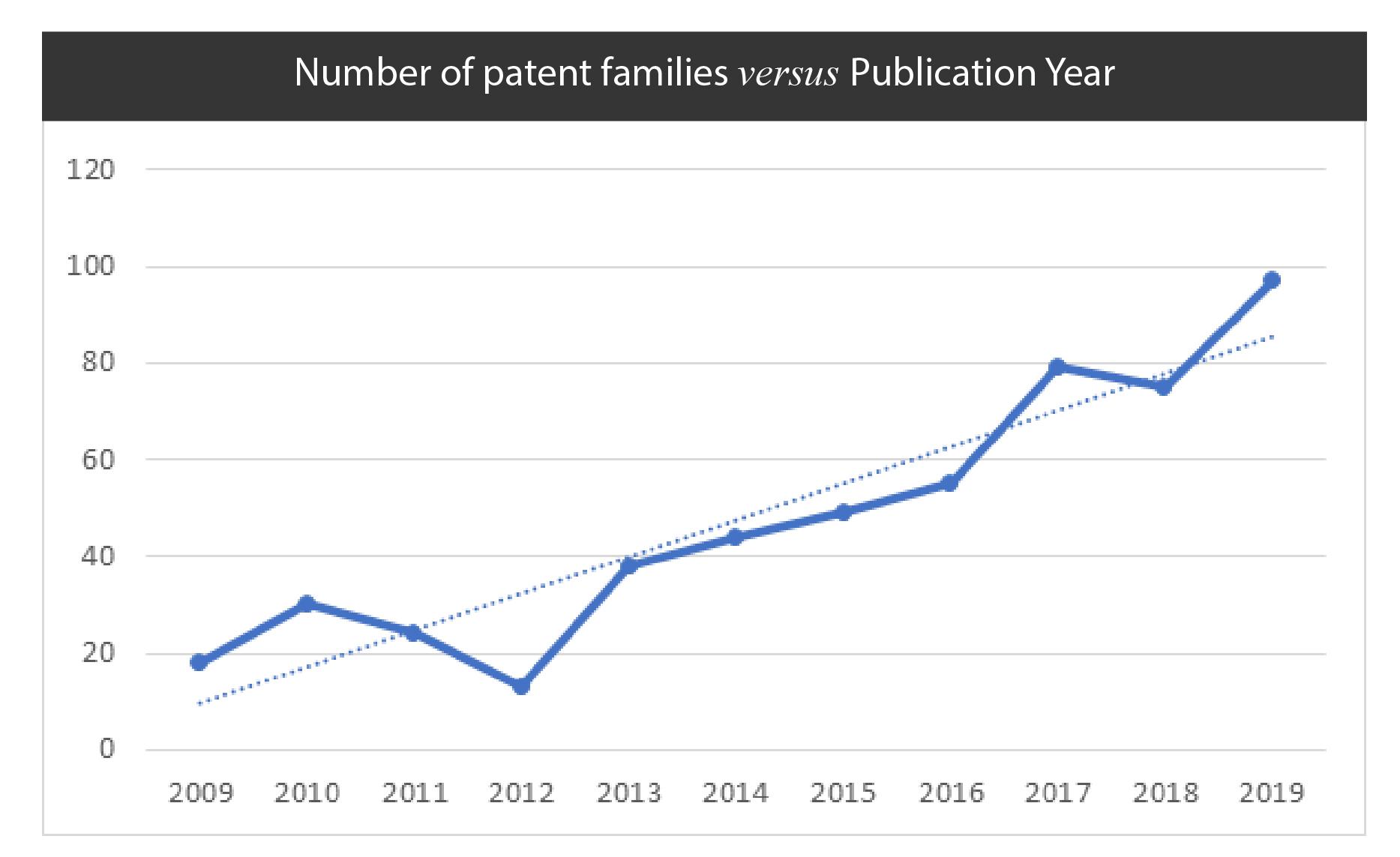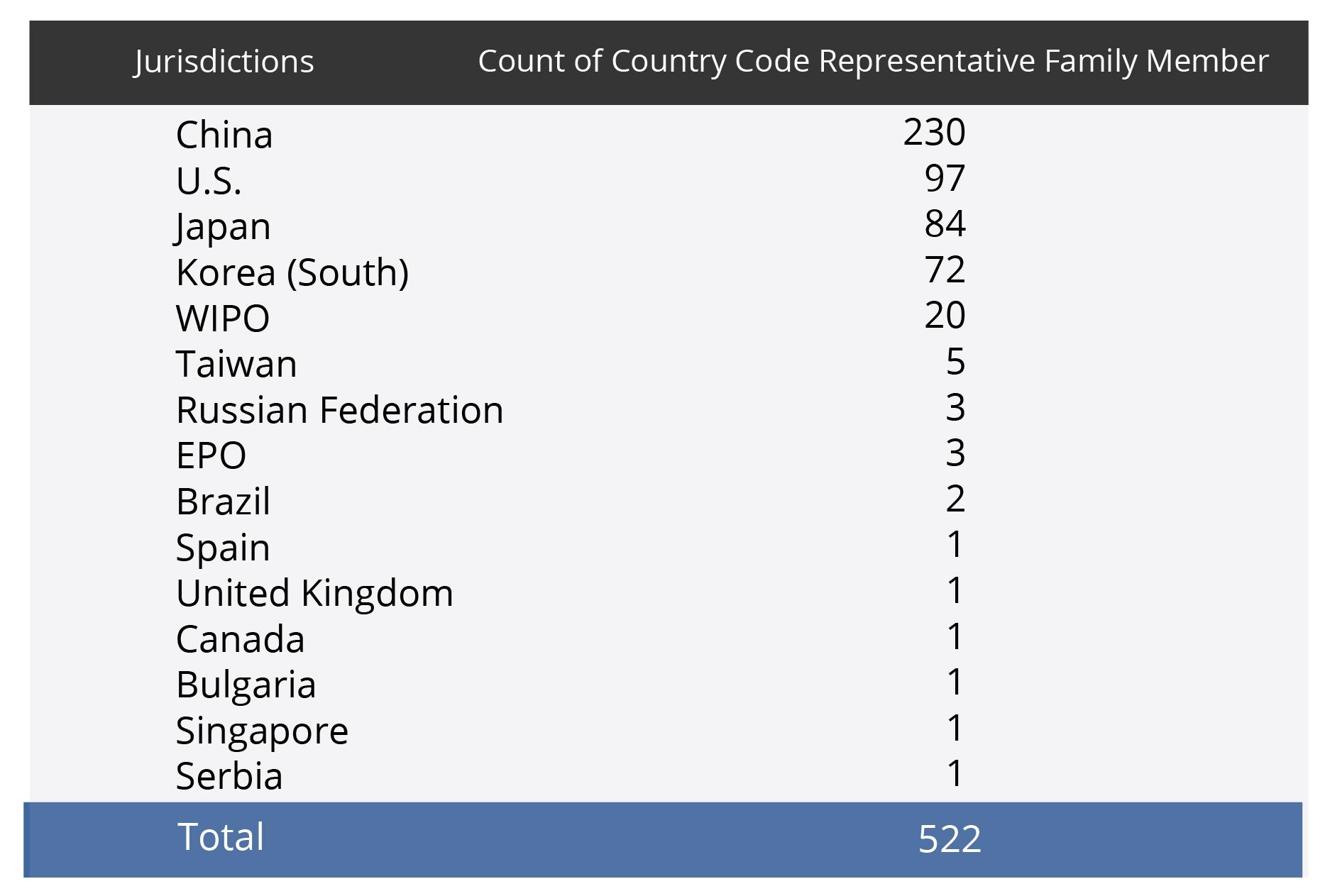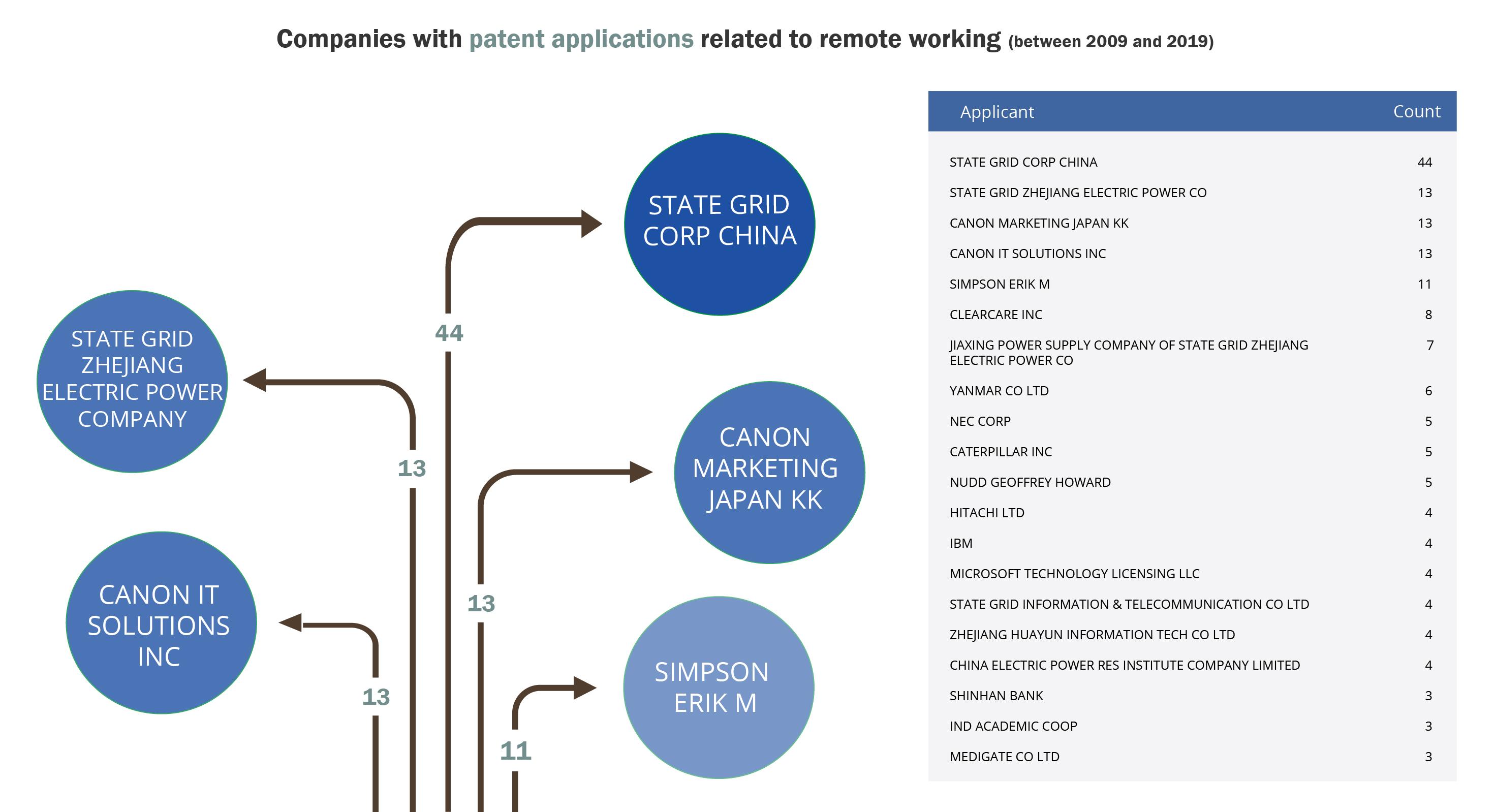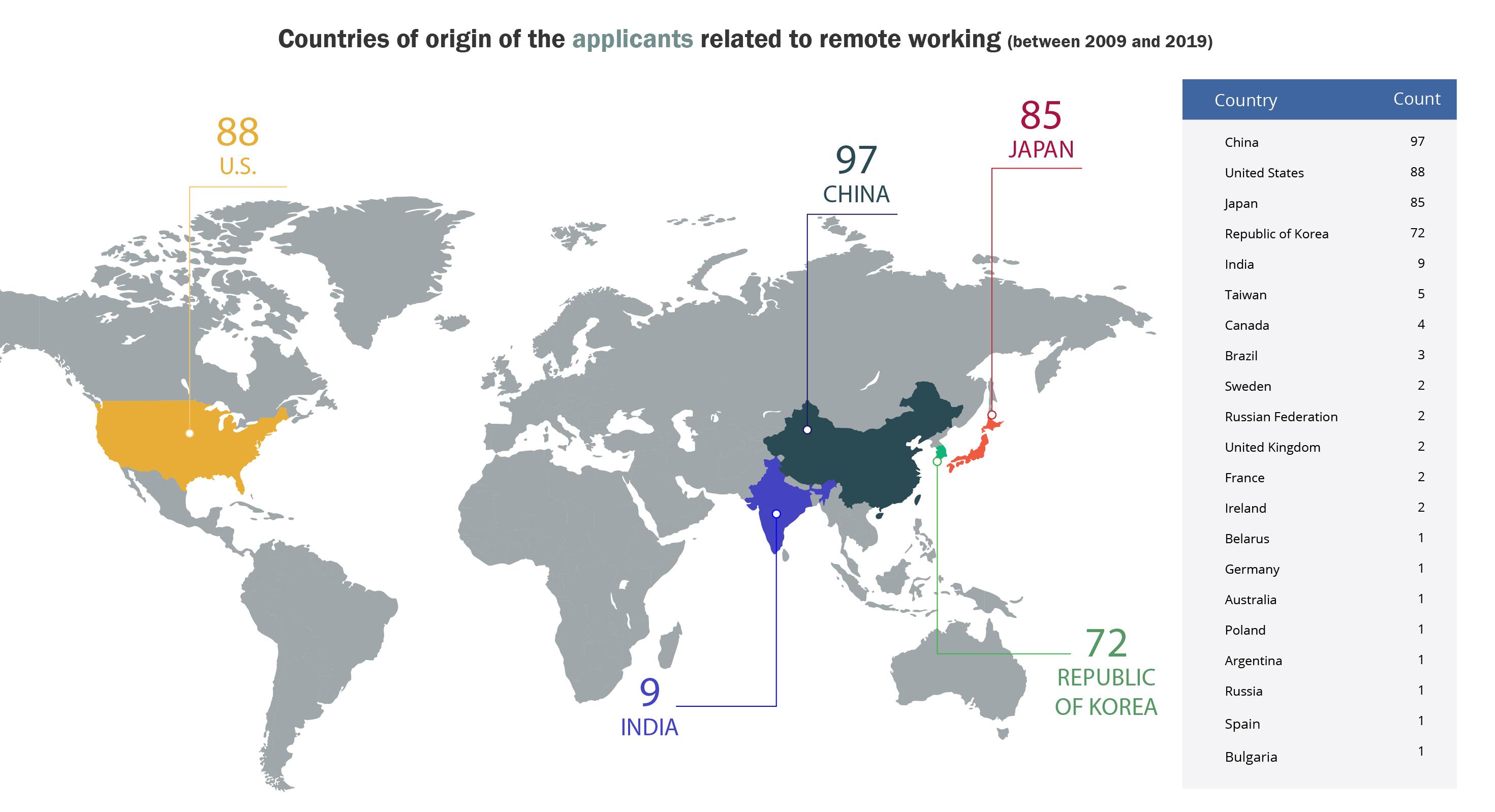
Green Patents and Remote work? What are the odds?

The world is constantly changing. The changes, however, cause friction with the old habits and represent a threat to the eyes of those who have benefited so much at the expense and detriment of the environment. Climate change, air and water pollution, rising water levels in the oceans, and other circumstances that threaten terrestrial fauna and flora have been in the spotlight in recent years. If, on one hand, there is an increasing number of individuals and collectivities that are concerned with debating these issues, on the other hand, companies already established with substantial dividends are little interested in this dialogue. In addition, large national economies are sustained in the exploitation of natural resources that pollute the planet earth, such as oil and subsequent derivatives.
Faced with these problems, the development of solutions has been present in the entrepreneurial spirit of many inventors. Naturally, the protection of solutions in this field occurs through the patent system.
Green patents protect inventions related to the protection and preservation of the environment. However, as a rule, its legal framework is not different from other inventions. In the last decades, the concern of Governments and their institutions have increased, precipitating normative impulses so that this type of patents have deposit and granting mechanisms designed to measure. Brazil presented a pilot program in 2012 that was extended until 2016 that aimed to speed up patent applications involving inventions related to the environment. (1)
The pilot program solidified and, as of December 6, 2016, the Brazilian Institute began to offer the possibility of priority examination of green patents, if it meets certain characteristics. The first characteristic concerns the object of protection that must be included in the list prepared by the Institute based on the WIPO Inventory.
The remaining requirements concern the number of claims that must not be more than 15 and 3 of them must be independent. Other countries also promote expeditious examinations with a view to the rapid granting of patents in this matter. In this sense, we managed to find similar solutions in countries like Australia, Canada, Israel, Japan, Korea, UK and USA.
Remote Work
We must consider that, within the scope of green patents, there may be different inventions for the same solution but also different inventions that contribute in a different way to the final solution. Contributions can also be direct or indirect. Since the direct solutions to the problems have been scalped over time, this study, imbued by the current state of nations due to the pandemic caused by COVID 19, brings to the debate a statistical analysis of patents that relate remote working to the environment.
For example, the absence of movement on the streets due to the quarantines imposed by the various states at a global level has contributed to the reduction of pollution in general.
In just one month there was a reduction in the amount of nitrogen dioxide in China. In Europe, the same phenomenon was also consistent in European cities such as Paris, Rome and Madrid, having 50% less air pollution than last year in the same period.
There is no doubt that the closure of much of the industrial sector is largely responsible for reducing these levels of pollution. However, a slice is due to the fact that people are confined at home. In this way, there are certain inventions in the scope of telework, tele-school etc., which can help the decision of companies, schools, and institutions to implement a service provision or distance learning regime that ends up reducing the number of cars on the road, using plastics (related to food for example), and other polluting materials that are used in our normal day-to-day lives. In this sense, it is important that companies take the opportunity to change the mindset of their management and encourage remote work for functions whose physical presence is neither essential nor necessary.
We have selected some patents related to the provision of distance work that can help shape the business sector.
- US2014136630A1 - System and method of managing meeting invitations
- WO2019211713A1 - Automated augmented reality rendering platform for providing remote expert assistance
- JP2017174353A - TELEWORK MANAGEMENT SYSTEM AND PROGRAM FOR TELEWORK MANAGEMENT
- CN204926175U - Telecommuting system
- JP2016001385A - Remote management device, remote management method, control program, electrical apparatus, and remote management system
From the previous examples, it is clear that there are several patent applications that introduce technologies that allow the improvement of the daily life of a worker or student at home so that they may perform their duties without leaving home. This type of measures could improve the environment if used on a large scale, since fewer cars circulating on the road means less oil related products in consumption, which in turn contributed to the reduction of its extraction due to lack of demand.
In addition, several inventions related to the reduction of travels can be applied not only to remote work situations but also to visits to the doctor or other types of journeys that can be replaced by efficient and capable technology. As we will see below, there has been a growing number of inventions in this specific area, the pattern of which is interesting to analyze.
Statistical Study
The World Intellectual Property Organization (WIPO) has developed a compendium of Environmentally Sound Technologies (ESTs) related to International Patent Classifications (IPCs), named IPC Green Inventory. This set of technologies comprises several technical fields, for example: biofuels, wind energy, solar energy, waste management and pollution control.
The inventions related to remote work are comprised in the IPC Green Inventory, and besides being relevant in the environmental context, they are also remarkable in the current disruptions caused by COVID-19. Around the world, the pandemic state has hastened the adaptation of traditional working models to effective remote working models.
We have evaluated the trends of filing of patent applications related to remote work. Our methodology has started with the selection of IPC G06Q (Data processing systems or methods, specially adapted for administrative, commercial, financial, managerial, supervisory or forecasting purposes), which is comprised in the IPC Green Inventory. However, the meaning of this IPC symbol is broad, and it was necessary to refine the searching steps with keywords related to "telecommuting", "telework", "teleworking", "working from home", "mobile work" and "remote work".
The Espacenet database was used in this study, with a search for patent applications between the years 2009 and 2019:
- Figure 1 shows a clear growth trend in the number of patent application related to remote work technology. The number of patent families may be understood as the number of inventions. Each patent family comprises a main representative patent application, usually the first published patent application related to the invention (figure 1 indicates the number of main representative patent application):

- Table 1 shows the country of origin of the main representative patent applications. This count provides an indication of which countries this technology is more developed or has a more relevant market. Where in China, U.S., Japan and South Korea have outstanding results:

- Table 2 shows the top 20 rank of applicants of patent applications:

- And below, the applicant's countries of origin where there is a clear dominance of organizations based in China, the USA, Japan or South Korea:

The patent applications related to remote work are just an example of several technical fields comprised in the IPC Green Inventory. A general view of statistics concerning ESTs is revealed in Fushimi et al. Economic Research Working Paper No. 44 (September 2018), WIPO.
Our study allowed us to realize that there has been a growing number of patents that relate and combine the execution of remote tasks with the environment. The tendency appears to be the increase in number of applications. The fact that a large part of today’s world population is working and performing its duties remotely is sure to give rise to new inventions in this area due to the current exceptional circumstances. This study shows that there are an increasing number of patents related to the remote tasks and their concern with the environment. In short, new and interesting inventions are expected in this area, simply because a large part of the population has a professional activity and also reinforced by these current exceptional circumstances all over the planet.
1. Fernanda Altvater Richter - "Green Patents And Sustainable Development", pág. 384





